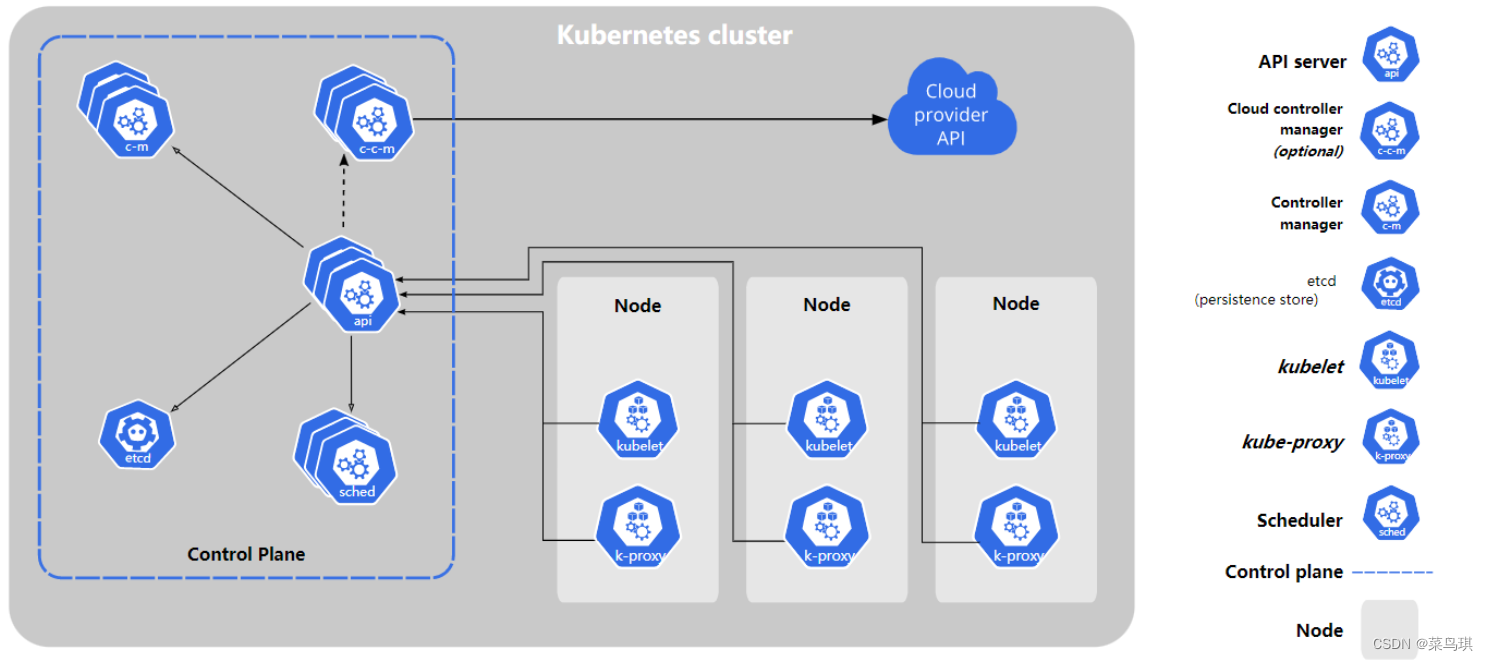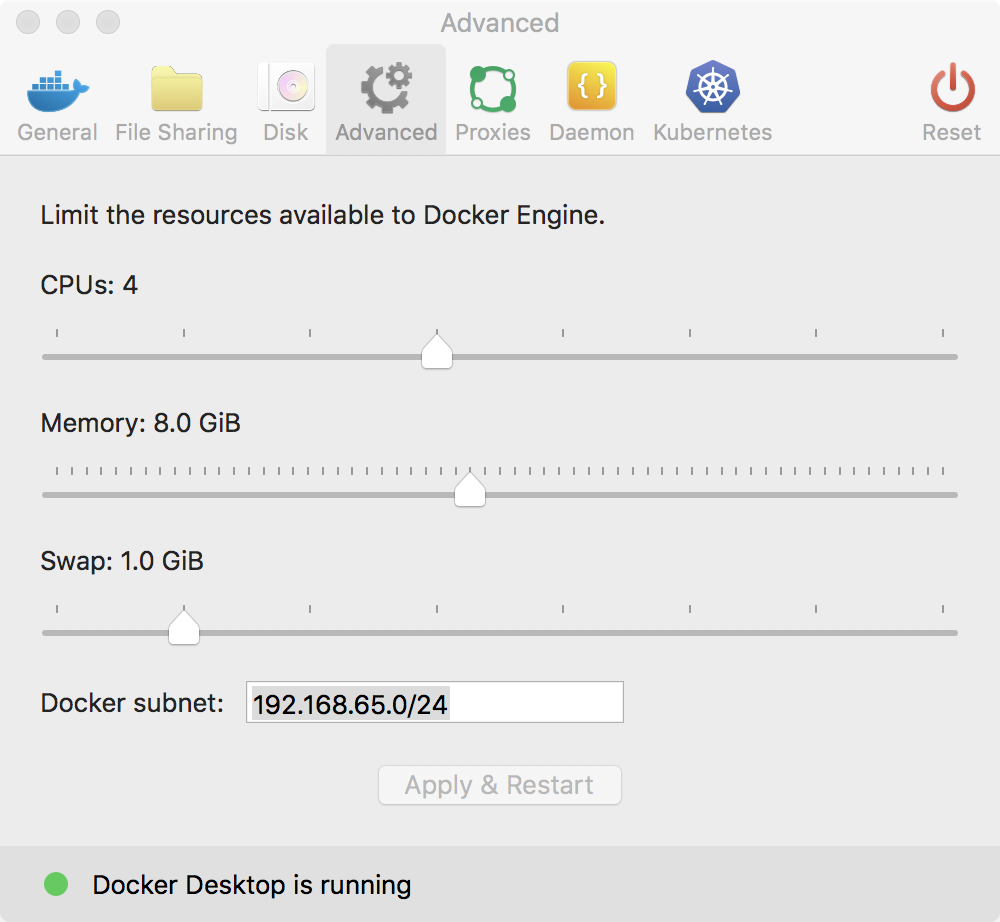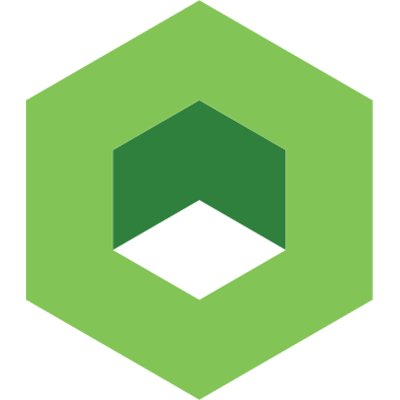

If it fails to recover, then the pods hosted on this node which are part of a replica set, gets rescheduled onto other nodes Replication controller - Monitors the status of pods in all replica sets. Once marked unreachable, the node controller waits for another 5 minutes (eviction timeout) for the node to recover. After waiting for 40s if the node continues to be out of reach, then that node is marked as unreachable. If a node doesn’t respond, then it waits for a grace period of 40 seconds for it to respond. Let’s take a couple of them for example Node controller - It checks the status of nodes every 5 seconds (node monitor period).

So what’s the need for so many controllers? A controllers continuously monitors the state of a given component and works to bring the state of the components to a desired state. This is done by a single process running in your cluster.īy default, it manages all the above state controllers except bootstrapsigner and tokencleaner controller, but if you are deploying a controller manager manually, you can choose specific controllers using the -controllers option as stated here. That’s a lot of controllers and would need someone to manage them. To name them all- attachdetach, bootstrapsigner, cloud-node-lifecycle, clusterrole-aggregation, cronjob, csrapproving, csrcleaner, csrsigning, daemonset, deployment, disruption, endpoint, endpointslice, endpointslicemirroring, ephemeral-volume, garbagecollector, horizontalpodautoscaling, job, namespace, nodeipam, nodelifecycle, persistentvolume-binder, persistentvolume-expander, podgc, pv-protection, pvc-protection, replicaset, replicationcontroller, resourcequota, root-ca-cert-publisher, route, service, serviceaccount, serviceaccount-token, statefulset, tokencleaner, ttl, ttl-after-finished Controller-managerįor pretty much all the components and all major functions that are needed to maintain a kubernetes cluster, there is a controller in place. For this, you’ll have to interact with the binding API and set the value of nodeName using a POST call for the pods. Alternatively, you can write your scheduler which would schedule as per your stated logic.
#Controlplane kubernetes download
For example, let there be 4 node with CPU capacity of 3, 5, 10 and 8.īut if you’re setting up a cluster from scratch, you can download the binaries from the release page and extract to run it using these commands. Then it ranks the left over nodes depending on how much resources will be left on them once the pod is scheduled on them. It identifies the right node for every container depending upon the container’s requirement of resources like memory and CPU, node’s capacity to host the container, number of containers already running on the node and some other factors like node affinity, taints, and tolerations.Ī scheduler first filters out the nodes which don’t have enough capacity to host the container.

kube-schedulerĪ kube-scheduler, as the name suggests, schedules the containers on different nodes.

This data is necessary to maintain the state of a cluster and also acts as a central golden source for all kubectl get commands.Īll operations performed on any resource aren’t considered complete until its status gets updated in the etcd. ETCDĪn etcd, as explained in detail in the last blog, is a distributed key-value store that stores every necessary detail about the cluster. So what are these set of components, which make a control plane? The compositionĪ basic control plane has 4 essential components - etcd, kibe-scheduler, controller manager and api-server. It is hosted on the master node(s) of a cluster from where it interacts with rest of the worker nodes. To put it simply, Control Plane is a set of components used to plan, manage, schedule, and monitor other elements of a cluster. This time we will be focusing on a big chunk of a kubernetes cluster, the Control Plane. After untangling the service mesh and understanding ETCD - The Easy Way, let us move on to the third article of this series.


 0 kommentar(er)
0 kommentar(er)
